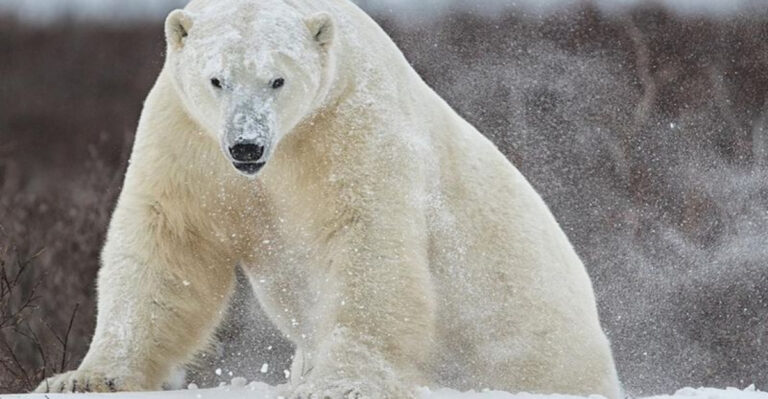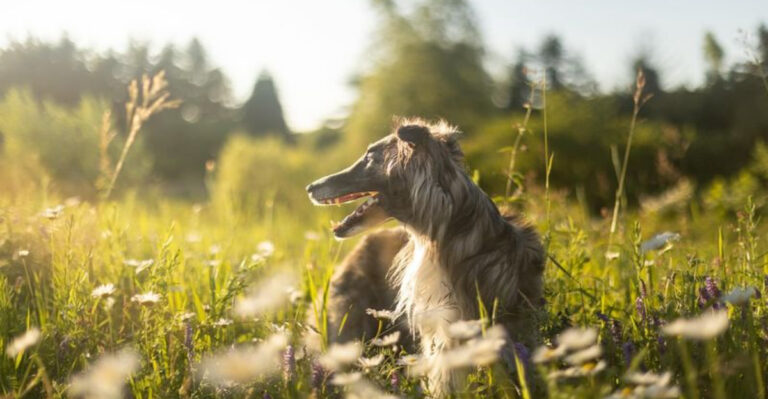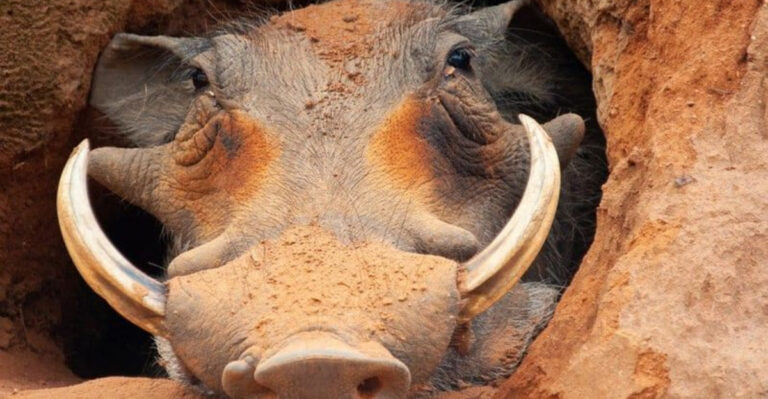9 Dog Breeds That Can’t Be Trusted Off-Leash And 4 That Are Always Ready For Adventure
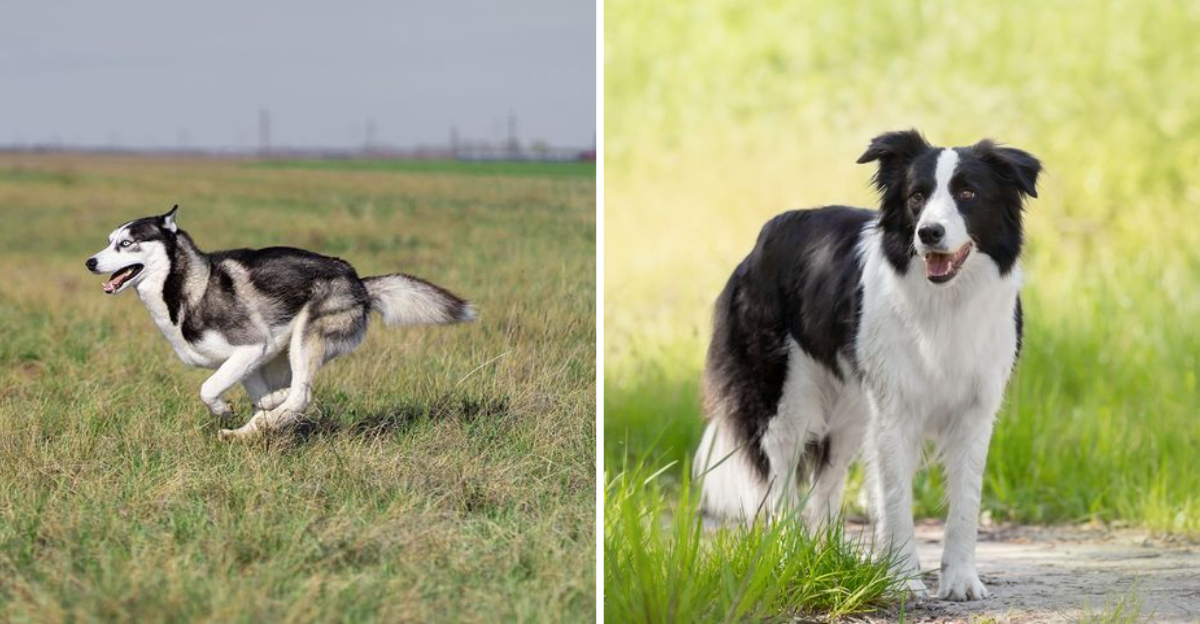
Taking your furry friend off-leash can be a thrilling experience for both of you, but not all dogs are built for this freedom!
Some pups follow their noses or chase instincts no matter how much training they receive. Others seem born with an invisible tether to their humans.
Understanding which category your dog falls into could save you from heart-stopping moments of watching your pet disappear into the distance.
1. Siberian Huskies: Born To Run Wild
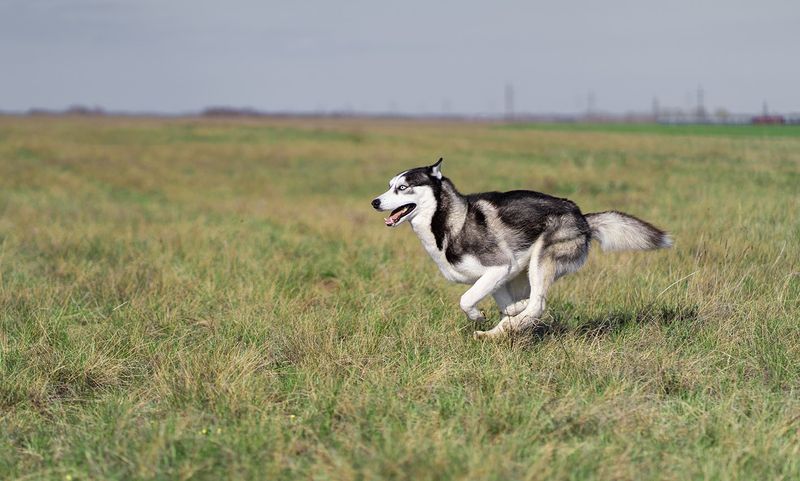
Huskies possess an unquenchable thirst for adventure that makes them notorious escape artists. Bred to run for miles pulling sleds across frozen tundra, these dogs view an open gate as a personal invitation to explore the world.
Even well-trained huskies might ignore your desperate calls when something exciting catches their attention. Their prey drive means squirrels, cats, or even blowing leaves can trigger an instant chase response.
Owners often joke that a husky’s recall command is merely a suggestion, not an order. These beautiful dogs require secure fencing, constant vigilance, and should only enjoy off-leash time in securely fenced areas.
2. Beagles: Following Their Nose To Trouble

Originally bred for hunting rabbits, beagles possess one of the most powerful noses in the canine world. Their incredible sense of smell means they’re constantly processing a world of scents humans can’t even detect.
When a beagle catches an interesting trail, everything else – including your commands – becomes background noise. These hounds transform from sweet companions to single-minded tracking machines in seconds.
Many beagle owners have experienced the frustration of watching their pup disappear into the distance, nose glued to the ground. Their friendly nature compounds the problem – a beagle is just as likely to happily follow a stranger home as they are to chase a scent.
3. Afghan Hounds: Too Regal For Rules
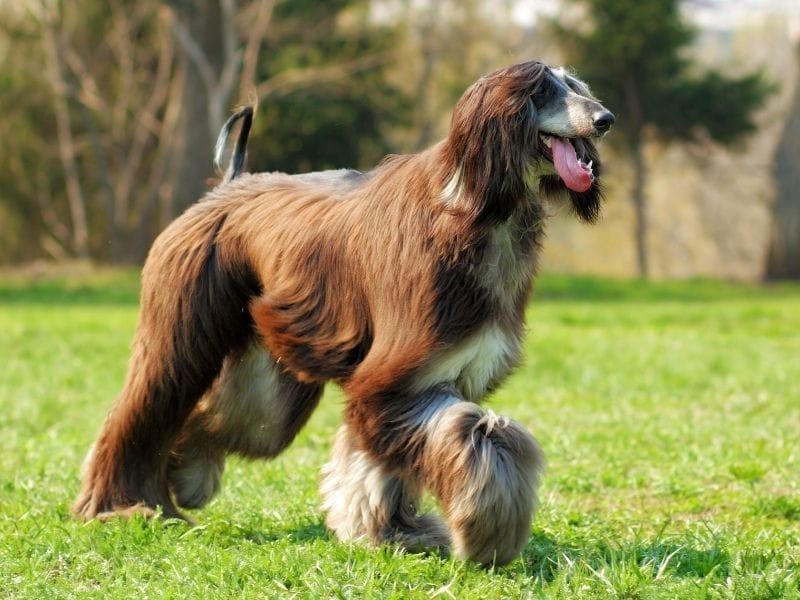
With their flowing locks and aristocratic bearing, Afghan Hounds look like supermodels of the dog world. Their beauty is matched by their independent spirit and lightning-fast running abilities – a combination that spells trouble off-leash.
These ancient sighthounds were developed to spot and chase game across rough mountain terrain without human direction. That self-sufficient hunting style remains hardwired in their DNA thousands of years later.
Afghan Hounds aren’t being deliberately disobedient when they ignore your calls – they’re simply following their natural instincts. Their prey drive activates in a flash, and once they’re running at speeds up to 40 mph, your voice becomes irrelevant until they’ve satisfied their chase instinct.
4. Greyhounds: Zero To Sixty In Three Seconds
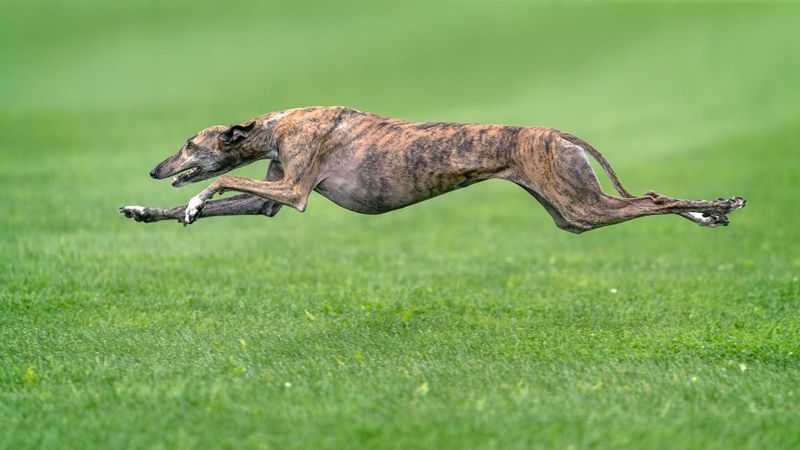
Don’t let their couch-potato reputation fool you! Greyhounds might be lazy loungers at home, but these sleek speedsters can accelerate from zero to 45 mph in mere seconds when something catches their eye.
As sighthounds, Greyhounds hunt primarily using vision rather than scent. A flicker of movement in the distance – perhaps a rabbit, squirrel, or even a plastic bag blowing in the wind – can trigger their instinctual chase response.
Many retired racing Greyhounds have never experienced life off-leash except when racing. The combination of their incredible speed and strong prey drive means that by the time you call their name, they could already be half a mile away, completely focused on the chase.
5. Jack Russell Terriers: Small Dogs With Big Ideas
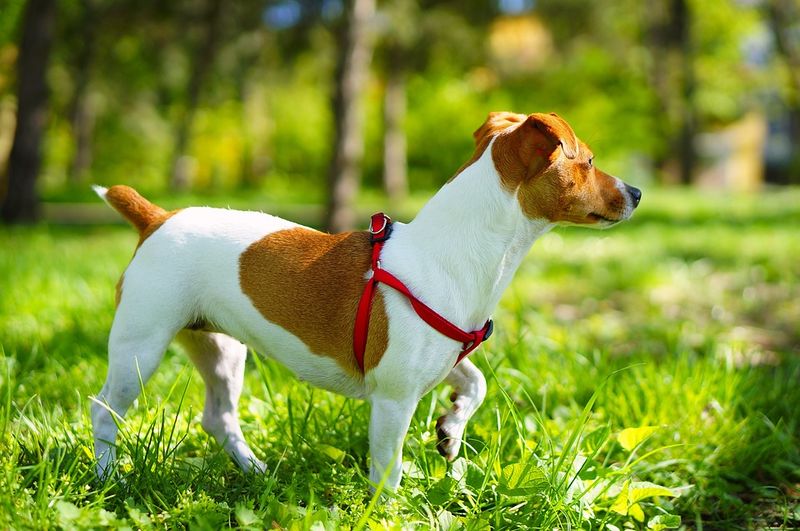
Don’t be fooled by their size – these compact canines pack boundless energy and fearless determination into a small package. Jack Russells were bred to chase foxes into their dens, and that tenacious hunting spirit remains strong in modern pets.
Their intelligence makes them quick learners, but also masters at selectively ignoring commands that interfere with their current mission. A Jack Russell on the scent of something interesting has remarkable focus and determination.
These terriers combine high energy with impressive athleticism – they can jump surprisingly high and squeeze through tiny spaces. Many owners discover their Jack Russell’s escape artist talents only after watching their small dog clear a fence they thought was perfectly secure.
6. Shiba Inus: The Canine Cats

Often described as “cat-like,” Shiba Inus possess an independent streak that makes off-leash reliability a challenge. These ancient Japanese hunting dogs make their own decisions about what’s worth their attention – and your recall command might not make the cut.
The infamous “Shiba scream” isn’t the only dramatic thing about this breed. They’re known for the “Shiba 500” – sudden bursts of energy where they zoom around at top speed, changing direction unpredictably.
Their hunting background means they have strong prey drive and excellent escape skills. A Shiba might be perfectly behaved for months, lulling you into a false sense of security, only to spot a squirrel and disappear in seconds. Their cute fox-like appearance belies a stubborn determination that makes reliable recall challenging.
7. Basset Hounds: The Nose Knows Best
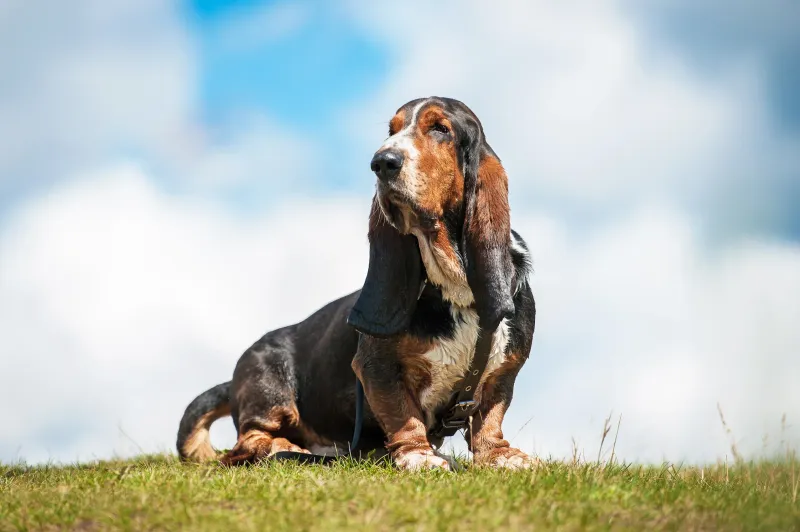
Those long, droopy ears aren’t just for show – they help funnel scents toward a Basset Hound’s incredibly powerful nose. With scenting abilities second only to Bloodhounds, these low-riders follow their noses with single-minded determination.
Their short legs might make them seem slow, but Bassets can cover surprising distances when tracking an interesting smell. The breed was developed to track rabbits and hares through difficult terrain, working independently from hunters.
That independent streak combined with scent obsession means your Basset might hear your call perfectly well but choose to ignore it in favor of following that fascinating trail. Their stubborn nature adds another layer of challenge – a Basset who’s decided to follow a scent has made up their mind, and changing it isn’t easy!
8. Alaskan Malamutes: Independent Snow Machines
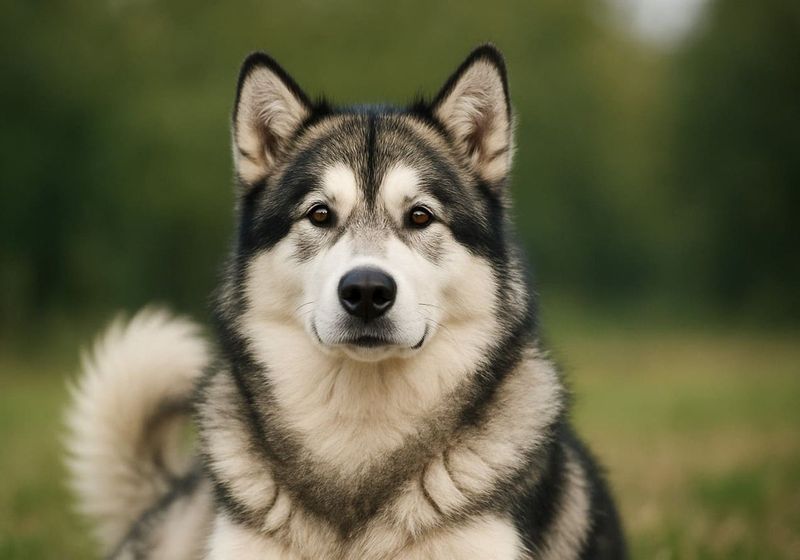
Malamutes were bred to haul heavy loads across vast Arctic expanses, developing remarkable independence and problem-solving skills. Unlike some working dogs that look to humans for constant direction, Malamutes were expected to make their own decisions when conditions changed.
This self-sufficient nature makes them challenging off-leash companions. They’re not particularly motivated by the desire to please their humans – they need to see the personal benefit in following commands.
Add to this their strong prey drive and endurance that allows them to run for miles without tiring, and you have a recipe for heart-stopping disappearances. A Malamute who spots wildlife might be gone for hours, perfectly capable of surviving adventures that would exhaust or frighten other dogs.
9. Foxhounds: Born To Chase And Never Return
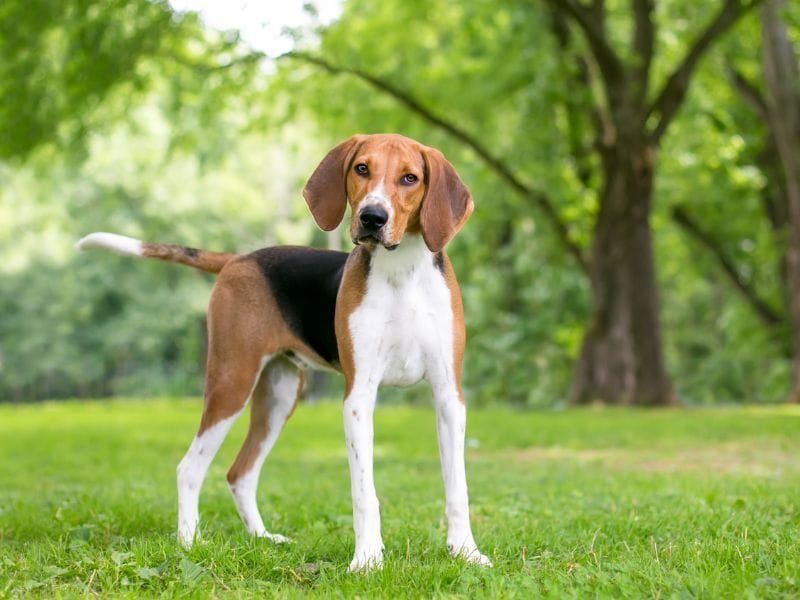
Foxhounds – both American and English varieties – represent the ultimate scent-tracking machines. For centuries, these dogs were selectively bred for one primary purpose: to chase foxes over long distances while humans on horseback struggled to keep up.
This specialized breeding created dogs with incredible stamina, powerful noses, and a strong pack mentality. What it didn’t create was dogs with reliable recall. Foxhounds were never expected to come when called during a hunt – that would defeat their purpose!
Modern Foxhounds retain these deeply ingrained instincts. Once they catch a scent, they can track it for miles, completely tuning out human calls. Their strong pack drive means they’re also likely to follow other dogs rather than return to their humans.
10. Border Collies: Adventure Partners Extraordinaire
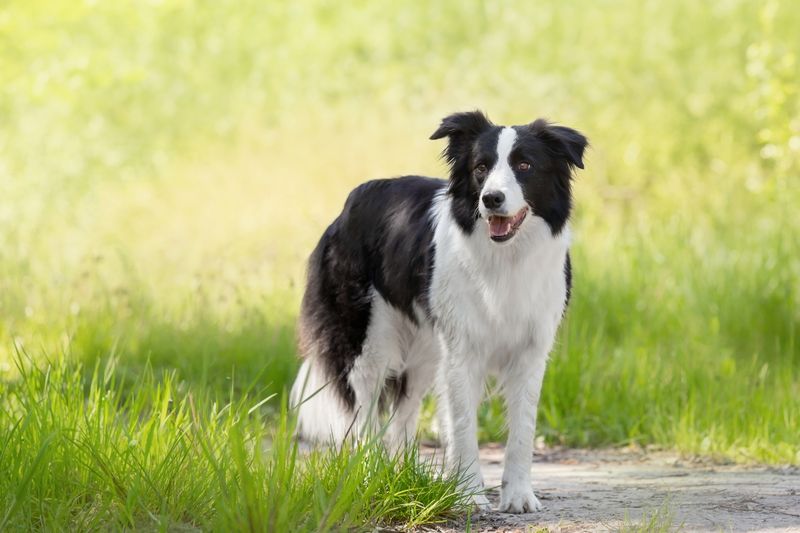
Border Collies represent the gold standard for off-leash reliability. These canine Einsteins combine razor-sharp intelligence with an intense desire to work with their humans, creating the perfect recipe for trustworthy outdoor companions.
Originally bred to herd sheep across the challenging terrain of the Scottish-English border, these dogs developed an uncanny ability to read their handler’s body language and respond to commands from great distances. Their natural “eye” – the intense stare used for herding – helps them remain focused on their humans even with distractions.
A well-trained Border Collie doesn’t just tolerate off-leash adventures – they thrive on them! Their boundless energy and problem-solving abilities make them perfect partners for hiking, trail running, and outdoor sports.
11. German Shepherds: Loyal Guardians Who Stick Close
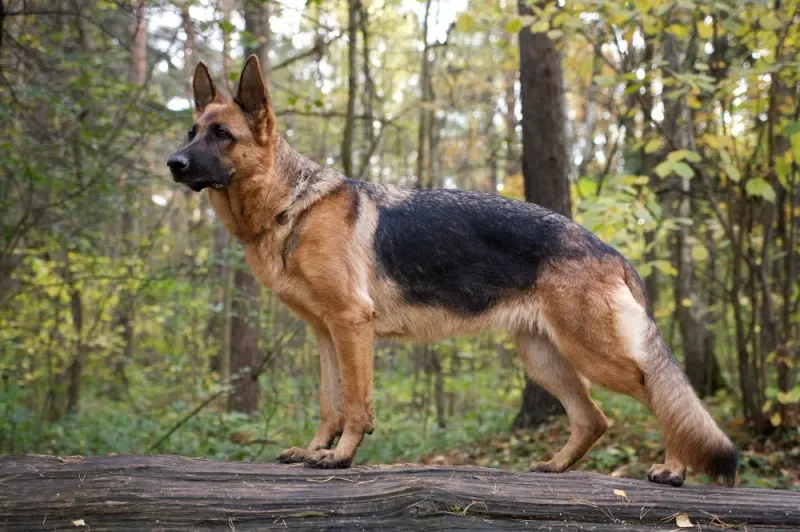
German Shepherds earn their reputation as trustworthy off-leash companions through their exceptional combination of intelligence and loyalty. Unlike independent breeds, these dogs genuinely want to be where their humans are.
Their history as herding and protection dogs created a breed that naturally checks in with their person, even without commands. This “natural recall” makes them reliable off-leash partners, as they’ll frequently circle back to ensure you’re still together.
German Shepherds also possess remarkable situational awareness. They can distinguish between genuine threats and normal environmental movements, reducing false alarms that might send other dogs racing off. Their trainability means they respond well to recall training, and their desire to work means they actually enjoy the structure of commands.
12. Australian Shepherds: Velcro Dogs With Adventure Spirit
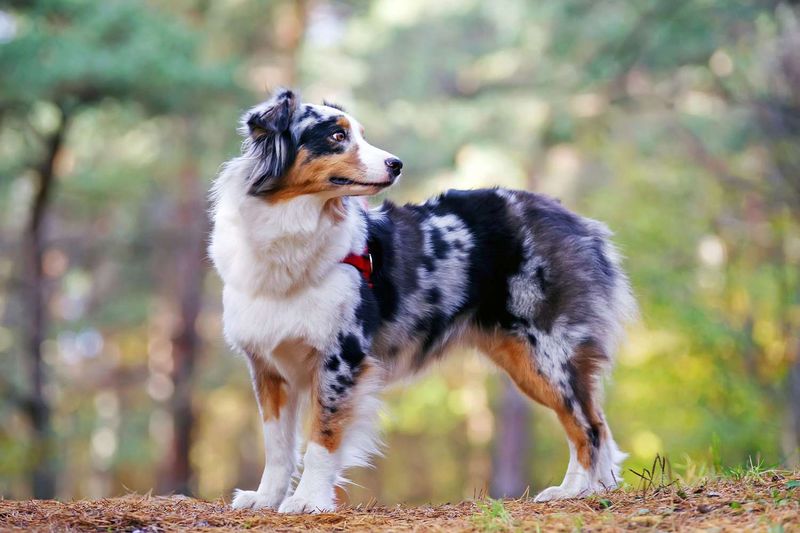
Australian Shepherds combine boundless energy with an almost magnetic attachment to their humans. These “Velcro dogs” naturally want to keep their person in sight, making them excellent candidates for off-leash adventures.
Don’t let the name fool you – Aussies were actually developed in the western United States as all-purpose farm dogs. This heritage created a versatile breed that works closely with humans while handling everything from herding livestock to guarding property.
Their high intelligence means they learn commands quickly, including reliable recall. An Aussie’s natural herding instincts can actually be helpful off-leash – many will circle back to “collect” their humans if they feel the group is getting too separated. Their athletic build and stamina make them perfect companions for hiking, running, and outdoor sports.
13. Golden Retrievers: Friendly Explorers Who Check In
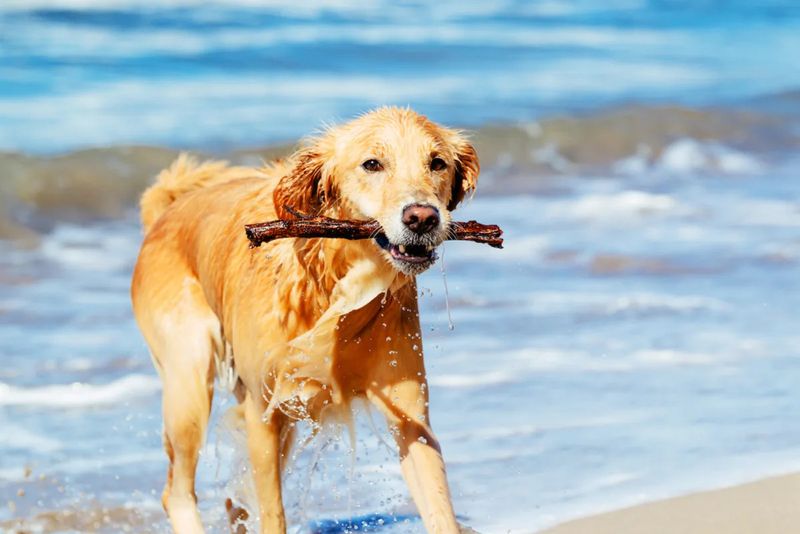
Golden Retrievers earn their spot on the trustworthy list through their perfect balance of adventure spirit and people-pleasing nature. These friendly dogs love exploring but value their connection with humans even more.
Originally bred to retrieve waterfowl for hunters, Goldens were specifically selected for their “soft mouth” and willingness to return to their handler. This retrieving heritage translates into a natural tendency to check in with their people, even without formal recall commands.
Their eager-to-please attitude makes training relatively straightforward. Goldens genuinely want to follow the rules and make their humans happy. Their sociable nature is actually an advantage off-leash – while some dogs might run off to chase wildlife, a Golden is often more interested in making friends with the hikers coming down the trail!


